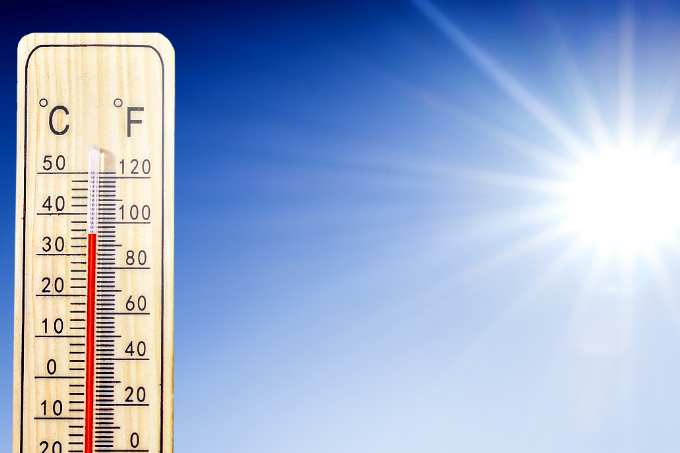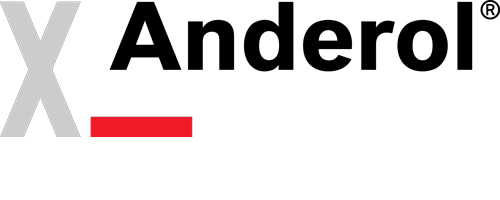Lubricants degrade faster as temperature increases and according to the Arrhenius rate law, with every increase of 10°C in a lubricant’s base temperature, oil life is halved. Additional maintenance, oil change, and grease application may be required, depending on the lubricant and temperature it is exposed to. Heat and contaminants are the biggest enemies of (bearing) oils and grease.
Problems that can occur with too much heat:
- Lubricant decomposition is accelerated
- Additives may volatilize, degrade and deplete, and lose their performance properties in part or full
- Grease separates faster (the oil from the thickener)
- High temperatures may cause irreversible changes to a lubricant’s viscosity. When a lubricant’s temperature rises, molecules in the fluid become hyperactive as gas is released and lighter parts of the fluid vaporize.
Poor oil performance can lead to machine issues:
- Heat can break oil films, causing wear and scuffing conditions
- Heat has a negative effect on filters and seals, causing them to degrade or leak
- Corrosion will be accelerated
- Hot surfaces can form carbonaceous gums and resins
Lastly, especially in food-grade environments, microbial contaminants and oil spills need to be considered. Increased temperature increases the growth of bacteria, and both grease and oil are more prone to leakage
This is what you can do:
1) Make sure your lubricants are stored in a controlled climate area. Lubricants can degrade even in storage, shortening the shelf life. Synthetic lubricants should be stored in a clean, dry room maintained at an ambient room temperature of between 50° and 85° Fahrenheit or 10° and 30° Celsius. Read more about storage conditions in our blog post.
2) Changing seasons may mean changing lubricants. Investigate the operation temperature and create temperature charts so you know exactly which lubricant to use. Find out how to determine the operating temperature here. Synthetic lubricants can operate over a wider temperature range, as well as at low temperatures and high temperatures, and generally last longer at elevated temperatures than mineral oils.
3) Use an oil analysis program to monitor the condition of the lubricant. Document the changes to optimize. Read here about oil analysis procedures.
4) Flush equipment at oil changes to remove the old oxidized lubricants. Old lubricant that is left in the system will contaminate the fresh oil and speeds up the oxidation process in the new lubricant.





